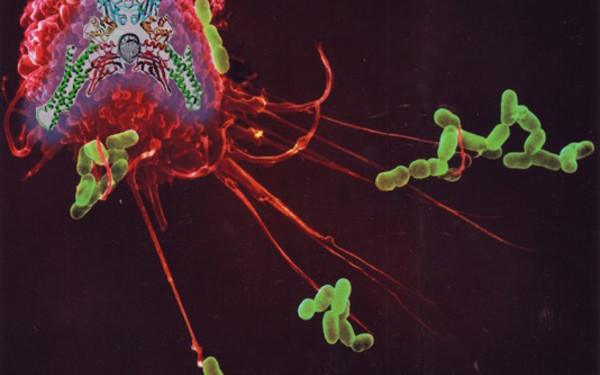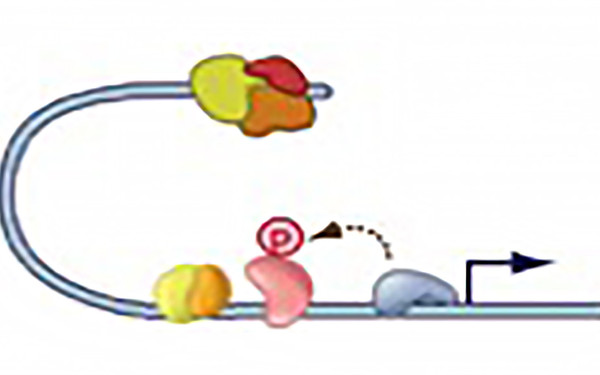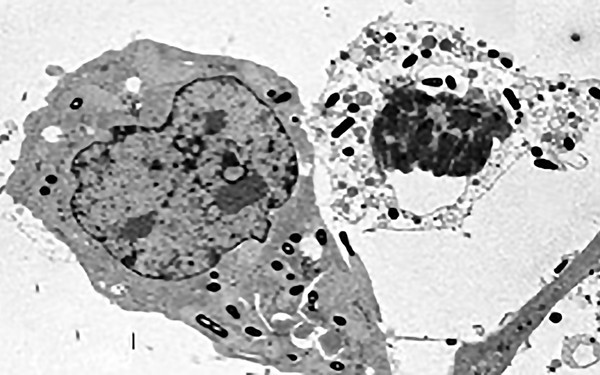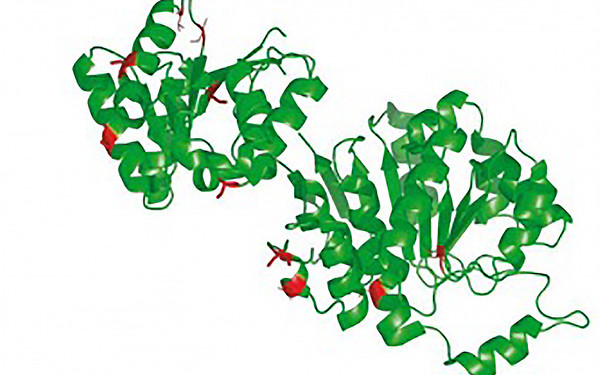Thomas Decker
Professor of Immunobiology at the University of Vienna since 2002. Until 2009 chair of the Department of Microbiology and Genetics
Member of the MCB (since 2012) and JBC (since 2015) editorial boards, editor for the Journal Medical Microbiology and Immunology
President of the European Society for Macrophage and Dendritic Cell Research (EMDS, since 2018)





